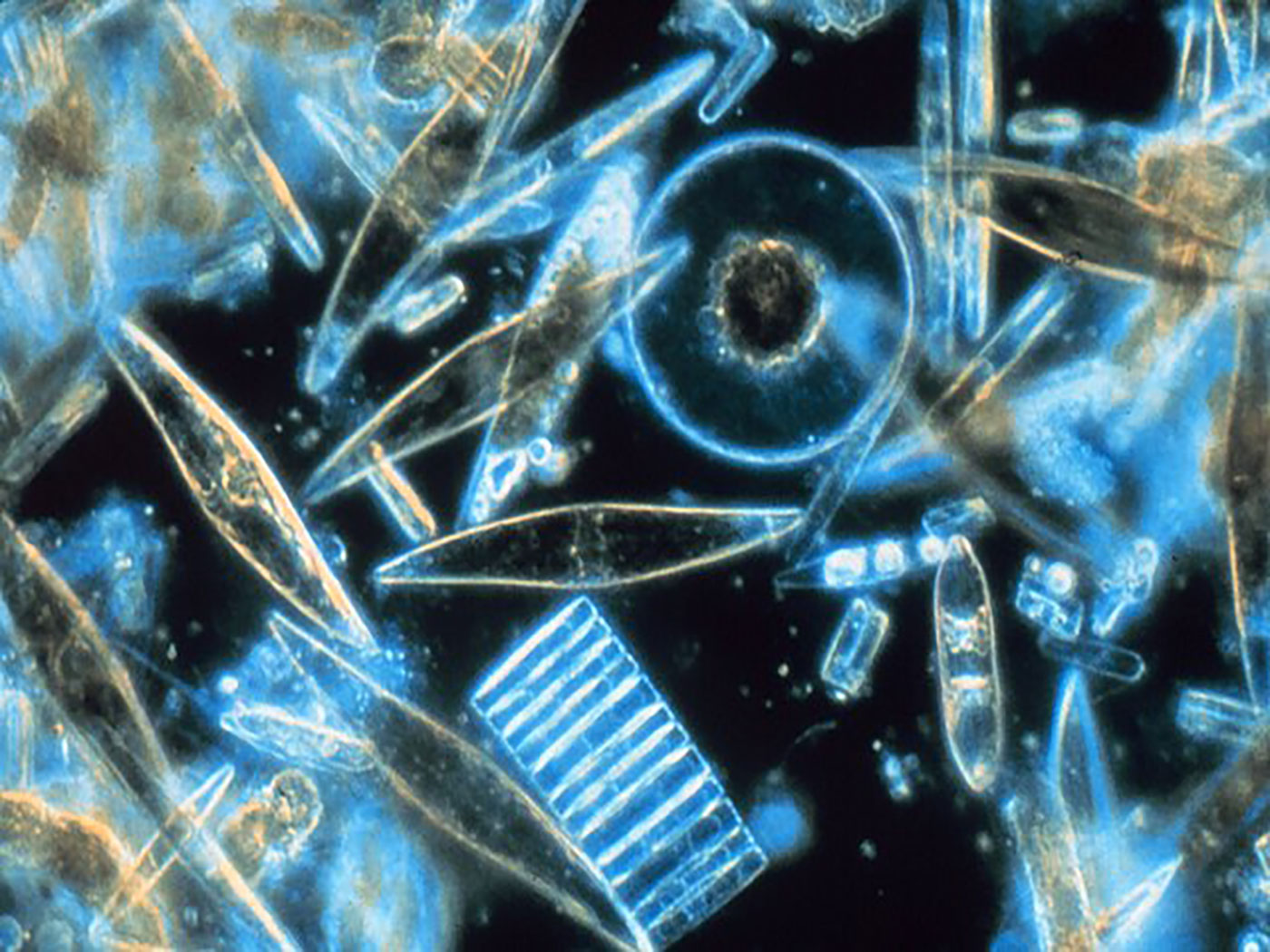Every year brings new scientific discoveries that shed light on the past. The Institute for Creation Research is dedicated to the study of origins from a biblical perspective, and ICR News has compiled what it considers to be the top findings related to origin studies from 2010. This article examines genome and cell biology breakthroughs.
The First Animal Cell Required Complicated All-or-Nothing Structure
In an October 2010 issue of Nature, evolutionary biochemist Nick Lane of University College London reported that any eukaryotic cell requires a fully functional mitochondrion that is already in place.1 Eukaryotic cells, which have a nucleus and make up plants and animals, have mitochondria that are responsible for manufacturing fuel for the rest of the cell to constantly "burn." Without these particular components, such cells could not survive.
This result implies that it is impossible for a Darwinian, naturalistic, step-by-step process to have developed the first eukaryotic cell. Instead, Lane and study co-author William Martin proposed that the first eukaryotic cell "suddenly" received a fully functioning mitochondrion when one bacterium engulfed a smaller one. The problem is, in the words of today's pre-eminent evolutionist Richard Dawkins, "Without gradualness in these cases, we are back to a miracle."2
Many More Uses for 'Junk' DNA, All of Them Vital
Only a decade ago, many biologists thought that most human DNA was useless "junk." Evolutionists hypothesized that with each evolutionary transition, certain non-coding "left over" DNA would be carried forward in the new organism. Nature supposedly tinkered with all that surplus DNA, some of which accidentally became useful enough to allow a human to eventually form from a fish. But studies in 2010 and prior have kept revealing uses for that "useless" material.
One class of this "junk" DNA has turned out to have a specific regulatory function. It yields "long, non-coding RNA" that actually operates as a switch that helps turn off gene expression.3 Members of another class of formerly-called junk DNA, known as "pseudogenes," were also found to play an important role in regulating gene expression.4 Additional unforeseen classes of sequences, like microRNAs, add to the robust and complicated regulation networks upon which cellular life depends.5
Not only does the sequence of non-gene DNA have vitally important functions in cell and DNA regulation, as well as embryonic development, but it helps set up chromatin into a stunning three-dimensional layout that provides ready access for DNA processing machinery during the daily life of the cell.6
Conclusion
Eukaryotic cells had to have been created by a miraculous event. A fully functional mitochondrion is required to process all eukaryotic DNA, and mitochondrial power generators cannot be invented by strictly natural processes. Likewise, DNA—both genes and non-genes—is almost totally packed with information that is vital or very useful to the functioning and survival of the cell, just as if it had been intentionally created. As, indeed, the Bible indicates it was.
References
- Thomas, B. Study Demonstrates Complex Cells Could Not Evolve from Bacteria. ICR News. Posted on icr.org October 8, 2010, accessed December 29, 2010.
- Dawkins, R 1996. River Out of Eden. New York: Basic Books, 83.
- Thomas, B. Another Setback for 'Junk' DNA. ICR News. Posted on icr.org October 18, 2010, accessed December 29, 2010.
- Thomas, B. 'False' Gene Discovery Confirms Creation Prediction. ICR News. Posted on icr.org July 12, 2010, accessed December 29, 2010.
- Thomas, B. Complicated Cells Leave No Room for Evolution. ICR News. Posted on icr.org May 5, 2010, accessed January 7, 2011. See also Khraiwesh, B. et al. 2010. Transcriptional Control of Gene Expression by MicroRNAs. Cell. 140 (1): 111-122.
- Thomas, B. Genomes Have Remarkable 3-D Organization. ICR News. Posted on icr.org November 15, 2010, accessed January 3, 2011.
* Mr. Thomas is Science Writer at the Institute for Creation Research.
Article posted on January 10, 2011.













